However, Occassionally I have some Pre-Assembled, Calibrated and Tested PCB's. Usually there is Little or no additional charge for these Pre-Assembled Boards, But they still require you to connect up the Controls, Meter, Piezo, etc and put it into a suitable case. But this might help some Less Experienced Persons.
When Purchasing this detector Kit from me,
I will also send you a 8.5" X 14" Printed Schematic,
as well as a 4" x 6" color Overlay Picture.
Email Me for the Current Prices.
********************************************
This unit is Quite Stable.
NOTE: Before Testing the Completed Unit Wash the board to Remove All Flux Residue, AS IT WILL NOT WORK CORRECTLY IF YOU DON'T!
I Recommend using a Current Regulated Power Supply Just for "INITIAL TESTING" testing of this PCB.
So NOW I supply this Simple Circuit to limit this Current for Initial Testing,
thus preventing any damage to the parts.
When Voltage tests are Complete and OK, Remove this Current limit Circuit.

NOTE: However, If you build this PI project and have problems,
I will offer you as much assistance as possible in e-mails,
Even to the extent of Free Repairs, Not Including Postage Charges,
and Assuming the actual Circuit board has Not been Damaged beyond Repair.
Good Soldering is a Must!
NOTE: It is Important to use a Good Soldering Iron, Rated at about 25 to 35 Watts
and having a Small Clean Tip.
A Note about the Battery: I Do Not recommend using a Lithium Ion Battery on this detector, because most are rated at 10.8 to 12.6 Volts. When the battery goes below 11.5 Volts the detector will Lose Proper Voltage Regulation And become Unstable.
I do Recommend using 10 NiMh Batteries will provide Better Power, because they Maintain a Constant 12 Volt supply or use a 12 Volt Sealed Lead Acid Battery. (Gell Cell)
Note: This Detector was Not designed as a Gold Detector. However It Will detect larger Gold Nuggets with a suitable coil. But if your expecting to detect Tiny Nuggets or Flakes of Gold, FORGET IT!
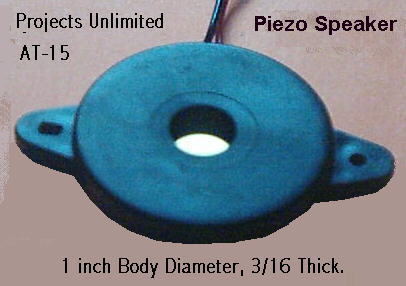
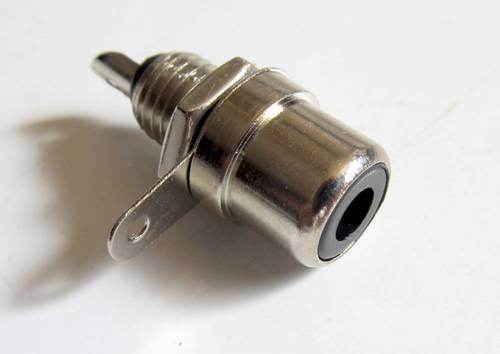
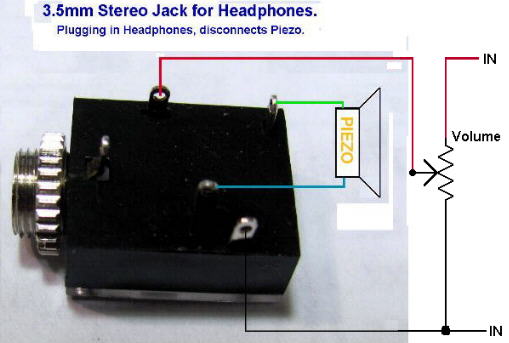
It has a Built in Switch to turn off the Piezo, When the headset is plugged in.
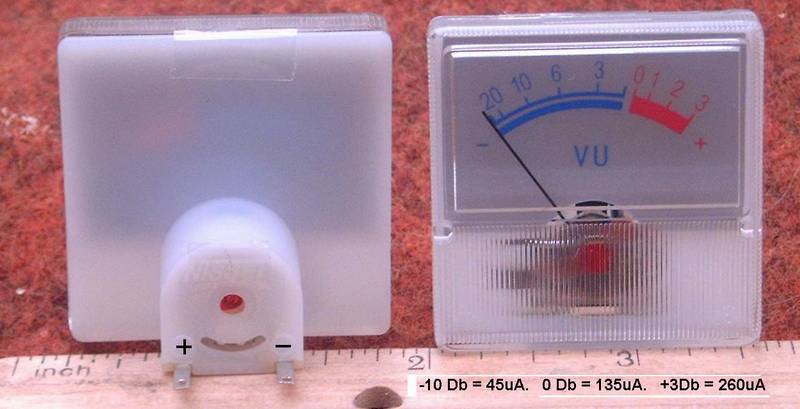
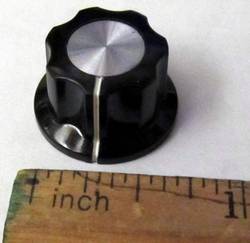

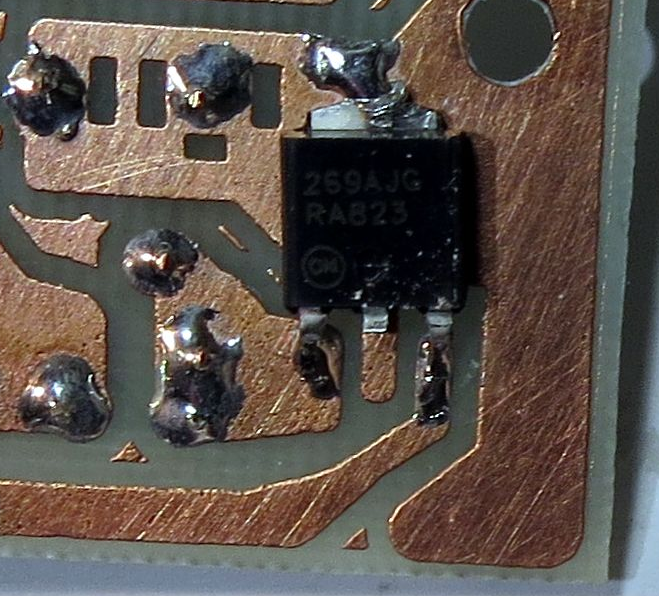
Mounting Position for Soldering the Surface Mount REG1117A Regulator.
****************************************
 Here is A Very Simple Coil that Will Work,
Here is A Very Simple Coil that Will Work,
At least for testing purposes.
 Here is a Pretty Good Coil that is reasonably easy to make.
Decades ago this style of coil was used for AM Antennas in some Old Tube Type Radios.
Here is a Pretty Good Coil that is reasonably easy to make.
Decades ago this style of coil was used for AM Antennas in some Old Tube Type Radios.
Additionally, If built correctly: With an 8" Coil, This Metal detector should detect a
"Pop Can" at an "Minimum Distance" of 15 Inches.
AND it could get to 25 Inches or More, depending on the Coil & Meter you use.
However there are too many Variables in Coil Construction, as well as
materials, shapes, sizes and soil conditions to try to predict exactially
what your detector will do under various conditions.
OR
 How to Accurately Pinpoint objects with large PI coils.
This can be especially useful when digging up an object.
How to Accurately Pinpoint objects with large PI coils.
This can be especially useful when digging up an object.
And Always keep checking both the hole and the earth you dug out to make sure you can find the object.
 REVISED Feb 24, 2015....More Coil Winding Info
REVISED Feb 24, 2015....More Coil Winding Info
 Article on "How PI Detectors work".
Article on "How PI Detectors work".
 Go Back to My "Home Page"
Go Back to My "Home Page"

Chemelec *Copyright © 2017 & 2018*
*Copyright © 2017 & 2018*